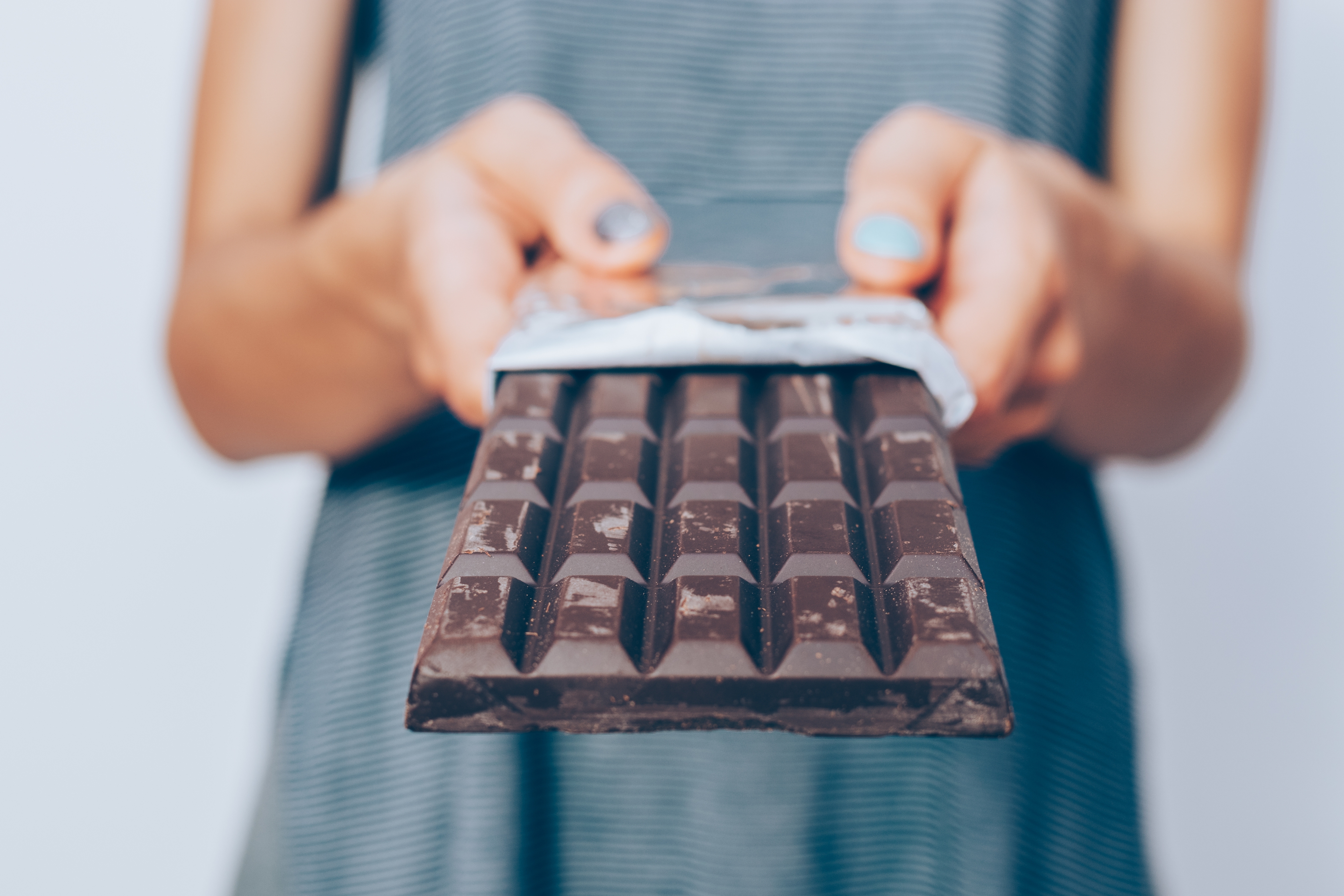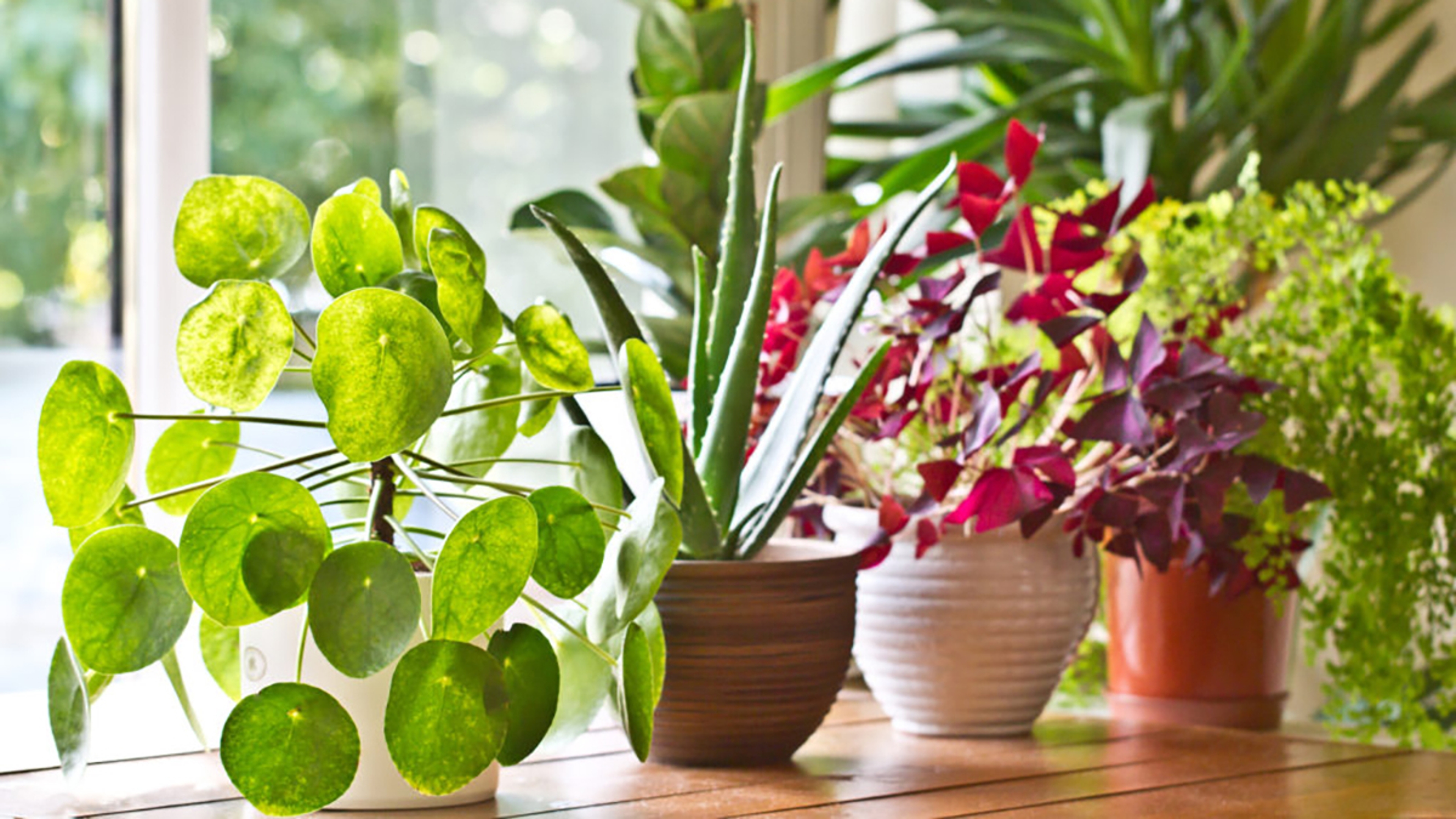May's Veg of the Month: Spinach
The secret to growing the world's best spinach? Cold.
Apr 24, 2023
Farmer Lee Jones of The Chef's Garden is not in the business of growing tons of vegetables per acre but rather tons of flavor per mouthful! And when it comes to growing spinach, the flavor is where it's at.
"We've been growing spinach for over 50 years, and our regenerative family farm sits on some of the richest sandy loam soil in the world," says Farmer Lee, whose farm is located less than three miles inland from Lake Erie.
That type of soil (a mix of sand, clay, and silt ideal for growing vegetables) and rich lake deposits account for such vibrant, full-bodied, sweet-tasting greens. According to his refractometer — a tool Farmer Lee uses to measure a vegetable's sweetness, minerals, and vitamin content — the spinach from his farm "is packing sweeter than a Red Delicious apple — you can eat it right down to the stem!"
The best crops happen early and late in the growing season, Farmer Lee explains. “The shorter days and cooler nights are conditions that help build the rich body of our spinach." Compared to the flat, spoon-shaped leaves sold in plastic bags from large production farms in Arizona, California, Georgia, Florida, and the Carolinas, the spinach from The Chef's Garden is "alive, full of health, color, and texture!"

No doubt we love speaking with Farmer Jones, but the spinach speaks for itself in this case...
What makes Chef's Garden spinach special
“The spinach grows slower in northern Ohio!" Farmer Lee exclaims. What he's referring to is a unique low tunnel growing method, whereby his spinach is planted in winter and grown under row cover — fabrics that cover and protect the hardy greens.
“The spinach we harvest is grown outside, with no artificial heat," he explains. The low tunnel method allows the farm to capture solar energy even on a 20-degree day. “We grow vegetables slowly and gently, in full accord with nature," says Farmer Lee, and the flavor, color, and body of The Chef's Garden veg reflects that. “When I walk into the field and take a handful of my Savoy-style spinach, I can squeeze it together, and you can hear it crunch — it's full of life!"
How to use spinach
Whether spinach is baby and flat-leafed or mature and bumpy, you can use it raw in salads or enjoy it gently wilted. And look for Savoy-style spinach — curly or curly-leaf spinach that has large leaves with deep crevices — which has more body, and adds height and bounce to plates.
"Spinach is more versatile than most leafy greens," Farmer Lee explains. "I once had a mountain of fried spinach on a hot dog — it was a revelation!"
Have your own revelation in the kitchen. Want to make a pesto? Swap out the basil for spinach. Or make chilled spinach soup, spinach oil, or poached eggs and spinach for brunch. And here's a tip from the farmer's mouth: "Spinach and mushrooms are best friends — raw and cooked!" he says.
Spinach, like other dark leafy greens, are a rich source of vitamins and phytonutrients. However, since it contains oxalic acid — a natural chemical compound that can prevent nutrients from being absorbed in the body — it's best to steam or gently sauté this veg with a healthy source of fat, such as olive oil, to help with vitamin absorption. Spinach notoriously wilts quickly and significantly, so buy more than you think you'll need.
How to care for and store spinach
When choosing a bunch of spinach, give it a squeeze, Farmer Lee advises; it should bounce back into place. It should also have an audible freshness: When you rub the leaves together, they should squeak. Avoid wilted or withered leaves.
All Chef's Garden leafy greens are rinsed before shipping. Still, Farmer Lee recommends submerging spinach leaves in plenty of water to remove grit, agitating, and washing again if needed, and rinsing in a salad spinner. And Farmer Lee advises: "Water your plants or chickens with the rinsing water — don't waste it!"
He adds that leafy greens, such as spinach, lettuce, bok choy, Swiss chard, and kale, stay fresh longer after they've been rinsed, wrapped in a paper towel or tea towel, and refrigerated in a breathable container or sealed plastic bag.
“We? actually have a trademark on our spinach!" Farmer Lee proudly beams. "I believe it's truly the best in the world."
.svg?q=70&width=384&auto=webp)






















